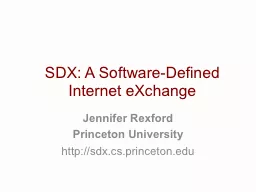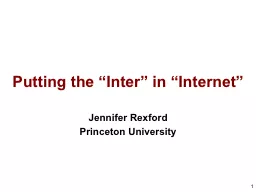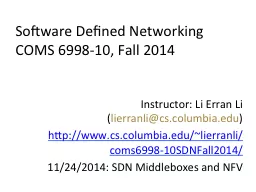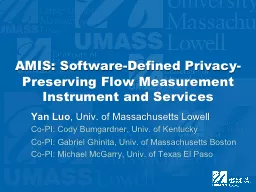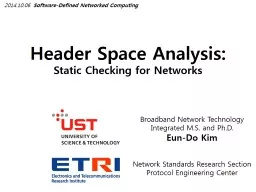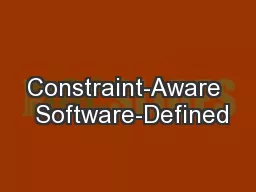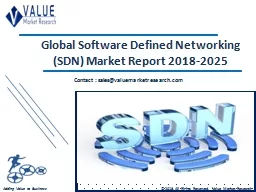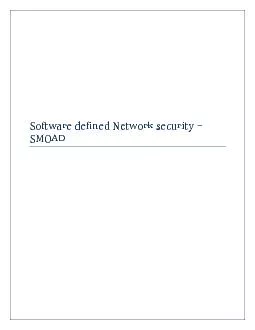PPT-SDX: A Software-Defined Internet
Author : aaron | Published Date : 2017-09-24
eXchange Jennifer Rexford Princeton University http sdxcsprincetonedu Software Defined Networking Changing how we design amp manage networks Data centers backbones
Presentation Embed Code
Download Presentation
Download Presentation The PPT/PDF document "SDX: A Software-Defined Internet" is the property of its rightful owner. Permission is granted to download and print the materials on this website for personal, non-commercial use only, and to display it on your personal computer provided you do not modify the materials and that you retain all copyright notices contained in the materials. By downloading content from our website, you accept the terms of this agreement.
SDX: A Software-Defined Internet: Transcript
Download Rules Of Document
"SDX: A Software-Defined Internet"The content belongs to its owner. You may download and print it for personal use, without modification, and keep all copyright notices. By downloading, you agree to these terms.
Related Documents

